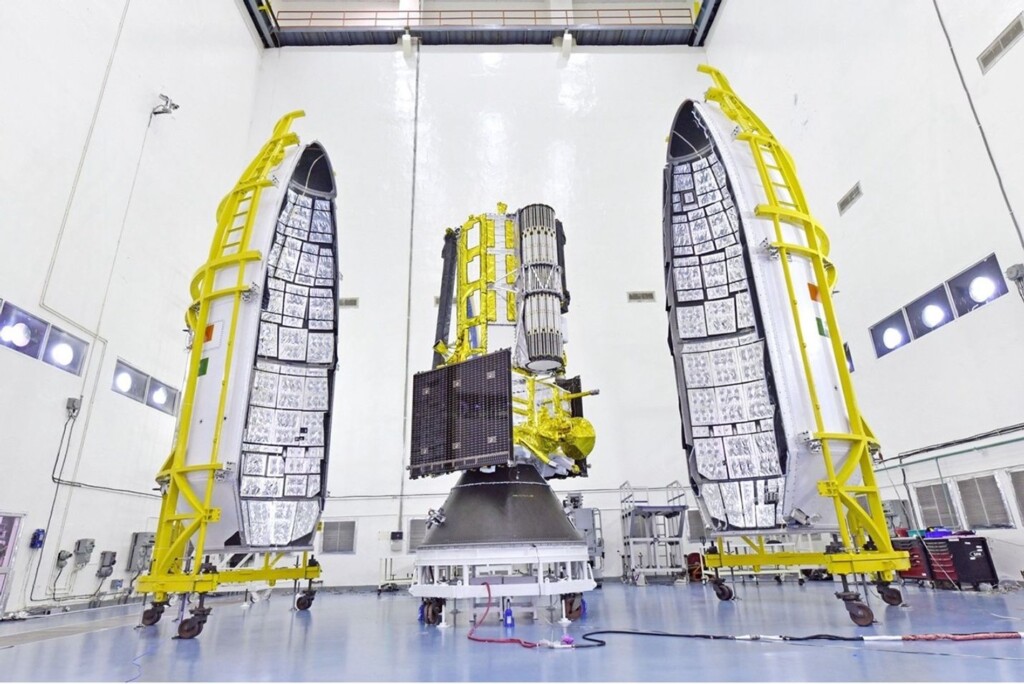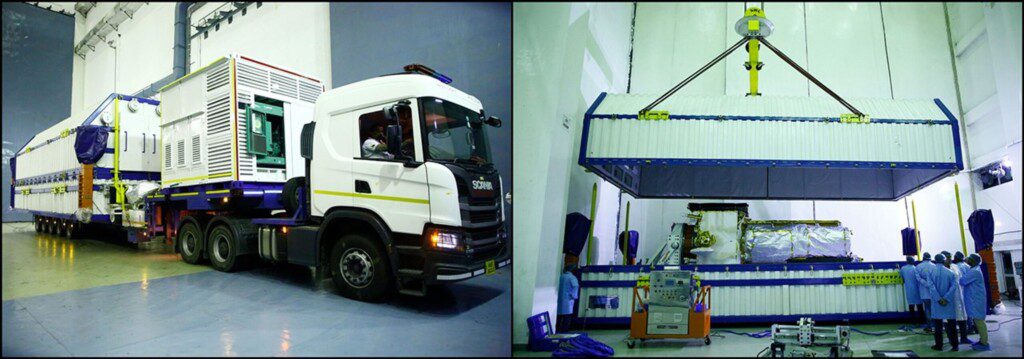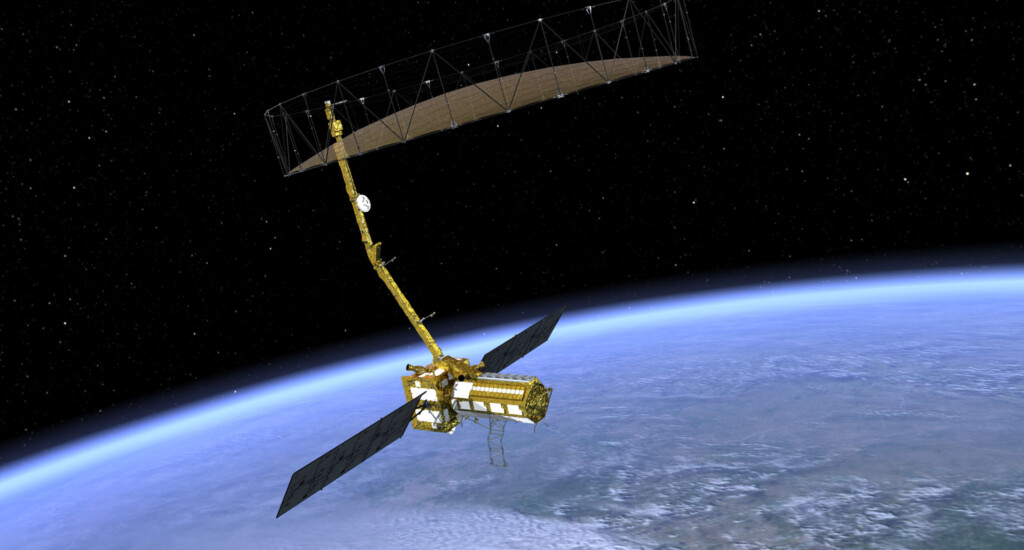India to Launch NISAR Satellite on July 30 It Is Not Just a Space Story
Ever felt like the ground is shifting beneath our feet? Well, turns out, it literally is — and now, thanks to a major India US space mission, we’ll be able to track those changes from space.

This month, India is getting ready to launch NISAR, a satellite built in collaboration with the United States. The launch is set for July 30, and if all goes right, it could completely change the way we understand our planet.
What NISAR Means for the India US Space Mission
No jargon here — NISAR is a satellite that watches the Earth. Not just watches, but notices when land moves, trees disappear, glaciers melt, or coastlines shift. Even if those changes are tiny, NISAR will catch them.
Rain, cloud, night, day — it doesn’t matter. The radar on this thing is sharp.
One part of it comes from NASA, the other from ISRO. They’ve been working on it together for years. Not a handshake moment, but a “let’s build something big” kind of deal.
So Why Is It a Big Deal?
This isn’t just another satellite. It’s one that tells us what’s happening to us, down here. It’s built to track natural disasters — think earthquakes, floods, melting glaciers. It’ll help predict them better, maybe even save lives someday.
And unlike some big projects that lock away their data, NISAR’s findings will be shared with scientists all over the world. No gatekeeping.
Why the India US Space Mission Is More Than Just Science
Let’s be honest — India and the US teaming up in space wasn’t something we saw coming two decades ago. But here we are. Working together on something that matters globally.
It’s not just about radar or rockets. It’s about two countries that see value in working together when it really counts.
The Launch

The launch will happen at Sriharikota. ISRO will handle the rocket. NASA will be watching closely, too. Both sides want this to go smooth. And they have reason to be hopeful — both agencies know what they’re doing.
Final Thought
Here’s the thing — satellites don’t make headlines unless they blow up or go to Mars. But NISAR deserves your attention.
It’s not flashy. It’s not a race. It’s a quiet, serious tool built to help us understand what’s happening to the world — one radar image at a time.
And that’s kind of beautiful, isn’t it?
May You Like Also
Trump Inks $550 Billion Trade Deal with Japan, Vows Job Boom
We Had No Warning Gaza Darkest Night Leaves Families in Ruins







